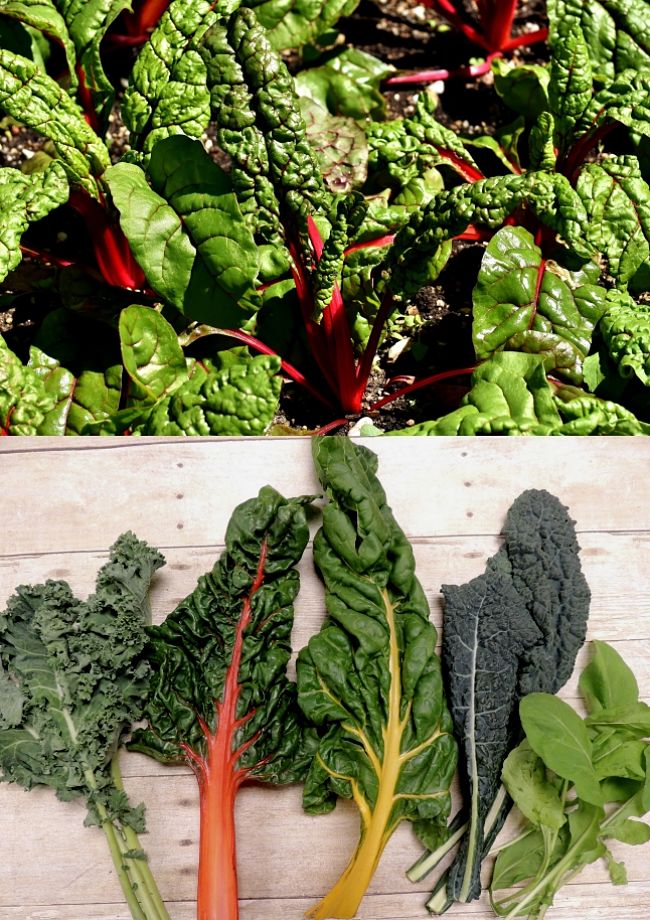Planting and Growing Guide for Silverbeet (Beta vulgaris var. cicla)
Description
Silverbeet also known as Mangold, or Swiss Chard, has large and glossy dark green leaves, with wide, generally white or cream stalks. Silverbeet can be harvested continuously over a long period of time by simply picking the outer leaves. Plant Silverbeet in batches to ensure a steady supply. There are many great varieties, some with red, yellow or even orange stalks. Choose a variety that suits your climate. It tends to bolt to flower after several months, especially in hot weather. If the flowering head is cut off at the base it sometimes re-shoots and produces more leaves.
Silverbeet is very hardy and easy to grow. It is frost tolerance and also can cope with hot weather, provided it is watered regularly and thoroughly. Grows well in most soils. However, for prolific yields, mix aged compost, or well-rotted manure into the soil before planting the seeds or seedlings. Add more compost as the plants grow to control weeds and to provide more feeding. Silverbeet is resistant to most plant diseases and pests.
Sow silverbeet direct into the soil where the plants are to be grown permanently. Soak the seeds in water for a few hours before sowing to separate them and allow them to infuse some water. Sow the seed about 1-2 cm (1/2 inch) deep. Rows should be about 50 cm (2 feet) apart. Seeds generally take about 10 to 14 days to germinate. Thin the plants once they are 10 cm (3 inches) high, to a spacing of ] 25 cm (12 inches) between plants. This allows enough space for mature plants to grow and spread.
Young silverbeet leaves are an excellent salad vegetable as when small the leaves have not developed the somewhat bitter taste of older plants. These young leaves can be harvested continuously. Silverbeet prefers a slightly alkaline soil (pH of 6.5 to 8). Silverbeet does best in well-drained, well composted soil, that is rich in well-rotted animal manures dug well in.
To prepare Silverbeet for cooking, thoroughly wash the individual leaves checking for dirt and insects on the back of the leaves. Chop the leaves and gently steam them, or lightly fry them with a dash of garlic. Silverbeet leaves can also be boiled in a tiny amount of water in a pot with the lid on. Cook over low to medium heat until the leaves just wilt. The leaves make a great pie filling when combined with cheese. A sprinkle of nutmeg enhances the flavour.
Planting Guide
Seed Depth: Sow seeds about 10 mm (1/2 inches) directly into the soil.
Space between plants: Space plants about 15-25 cm (4-12 inches) apart. Space rows 30-40 cm (12-15 inches) apart. The same applies for spacing in blocks
Harvest Time: Harvest in about 7-12 weeks, but smaller leaves can be continually picked as the plants grow
Hints:
- Grows well in full sun. Partial shade may prevent bolting in hot weather.
- Does best in rich, well-drained soils with a covering of mulch to inhibit weeds and to keep the soil moist.
- Frost tolerant and grows in a variety of conditions, if watered in hot dry weather
- Water regularly and evenly, especially in summer
- Plant in batches every 3-4 weeks for a continuous supply.
- Feed regularly and keep the plants growing strongly to produce a good harvest of tender leaves. The smaller leaves have a better taste
- They prefer neutral to slightly alkaline soils (pH 6.5 to 7.5)
- Plant in sheltered areas as strong, hot winds can damage larger plants
- Can be grown in large pots or other containers

Disclaimer: The PlantWhatWhen vegetable planting guide is only designed for use as a very general reference for home gardening purposes. It is not to be used for farming, markets or commercial activities of any kind whatsoever. We take absolutely no responsibility for the accuracy and adequacy of the information provided on this site. We recommend that you consider your local climate, weather patterns and conditions when deciding what and when to plant in your home garden. It's entirely your own decision. Happy Gardening and Best Wishes!